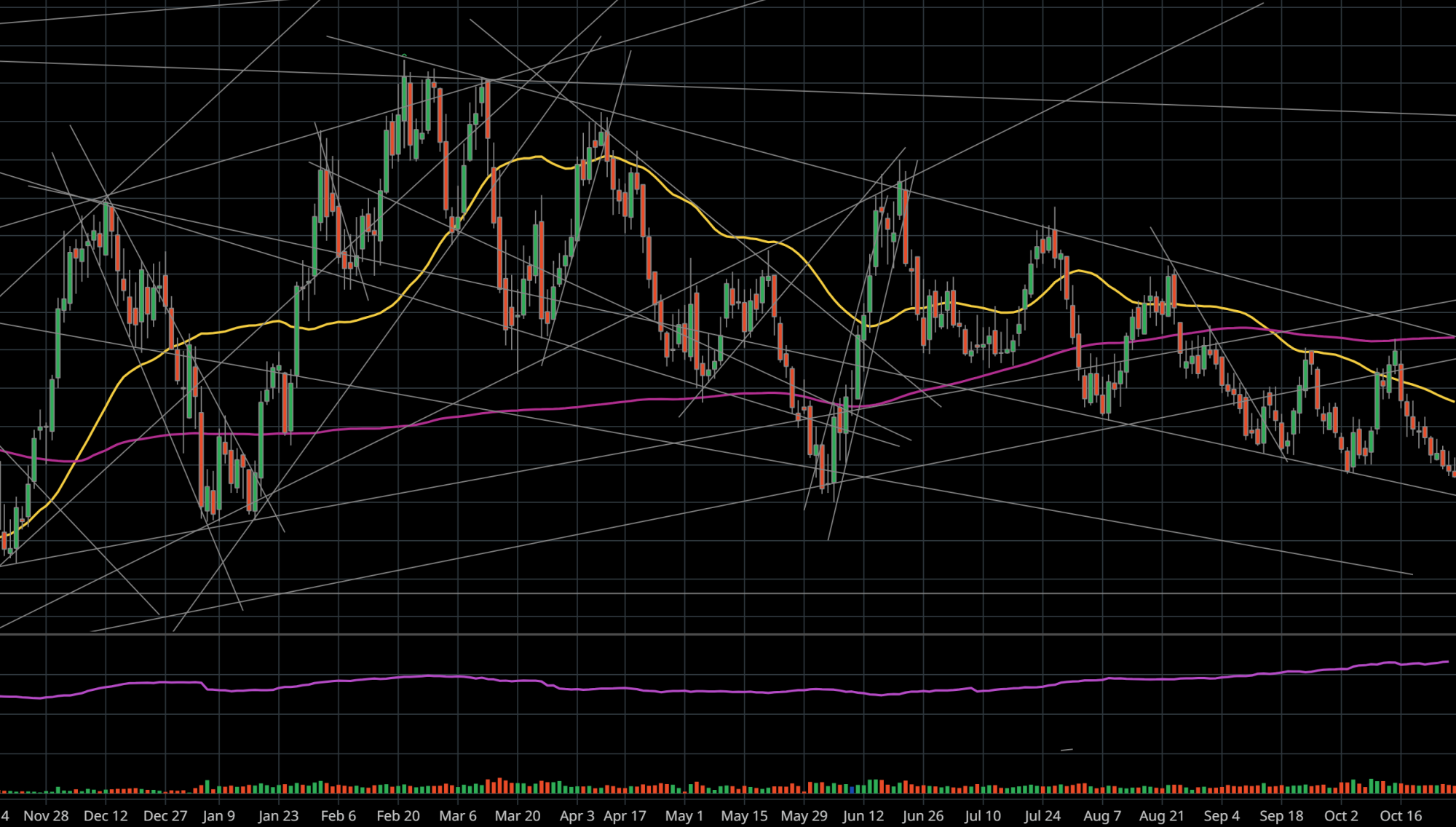Dear Madam or Sir,
Agora Energiewende is a German think tank that has set itself the task of looking for compromise solutions that can attract a majority when restructuring the electricity sector within the energy transition in Germany.
An important task here is to consider the steering effect of monetary control elements and their acceptance among the population. Agora also focuses on the pricing of the transport and real estate sectors, as there is considerable potential for decarbonization, but also for social explosives.
From 2027, the pricing of these sectors in Germany will no longer be the responsibility of the national emissions trading system, but rather the European emissions trading system. However, this will not be the ordinary EU ETS, whose prices are currently just under 80 euros per tonne of CO2 or its equivalent in other greenhouse gases (CO2e), but a further emissions trading system (EU ETS II).
Germany is expected to miss its climate protection targets in these sectors by 200 million tonnes of carbon emissions by 2030. Agora Energiewende therefore recommends that the transition to the EU ETS II should be well prepared to avoid unexpected price increases for fuels and heating materials.
According to Agora forecasts, this would otherwise lead to increases of 38 cents per liter of gasoline and around 3 cents per kilowatt hour of natural gas at the beginning of 2027, compared to 2026.
The think tank therefore recommends increasing the price in the German national emissions trading system nEHS from the current 30 euros per national emissions certificate (nEZ) to 60 euros from 2024, which would correspond to an increase in the price of gasoline by around 0.09 euros. This would provide the federal government with approximately 6.6 billion euros in additional revenue, which would provide residents with 80 euros in relief, which would flow back in the form of climate money (“Klimageld”).
Free trading in national emissions trading should then be brought forward by one year to 2025 and have a price corridor of 60 to 80 euros, then 90 to 110 euros in 2026. Accordingly, climate money should also increase, which should be reimbursed to the German citizens.
As always, however, optimal communication work would be required here, and the reduction of bureaucratic hurdles would be an essential part of achieving acceptance among the population.
If the federal government were able to achieve this, an important milestone would be achieved on the path to decarbonizing the real estate and transport sectors. Unfortunately, the author of these lines is currently lacking optimism that the federal government will achieve this, as even Economics and Climate Minister Robert Habeck sees it as unlikely that the climate money will benefit citizens in the current legislative period.
Prices in European emissions trading remained bearish last week and lost a further 2.5% on a weekly closing price basis within the sideways-downward channel.
This channel is currently in the range between 78.25 and 86.65 euros, which should also be the trading range for the coming week. The 38-day line is currently at 83.28 and the 200-day line is at 86.66 euros.
Due to the missing two-weeks-Wednesday Polish auction, a total of only 11,253,500 EUAs will be auctioned on the Leipzig EEX this trading week. The strength of demand at current price levels could be an important indicator of short-term price developments.
| (Average Quotes Exchange / OTC) | |||
| Instrument | 20.10.23 | 27.10.23 | Veränderung |
| EUA (December-2023-Future) | 81,41 EUR | 79,35 EUR | -2,06 EUR |
| VER (Natural Carbon Offsets) | 1,59 USD | 1,41 USD | -0,18 USD |
| VER (CORSIA eligible Carbon Offsets) | 0,74 USD | 0,65 USD | -0,09 USD |
| nEZ (German National Carbon Units) | 30,00 EUR | 30,00 EUR | +0,00 EUR |
| ICE Brent Crude Oil (Benchmark Future) | 92,38 USD | 88,79 USD | -3,59 USD |
| EURO (Currency, Forex) | 1,0596 USD | 1,0578 USD | -0,0018 USD |
(The VER quotes are average rates (carboncredits.com), which can be used within the framework of CORSIA and voluntary carbon offsetting. EUA, Crude Oil and Euro Currency shows day-end-exchange quotes. This market information has just an informational character and are no advice or offer to trade carbon emission rights or their futures and options. If you want to unsubscribe, please reply to this mail.)
Please call our international carbon desk if any further questions exist: +49.2831.1348220.
With kind regards,
ADVANTAG Services GmbH


